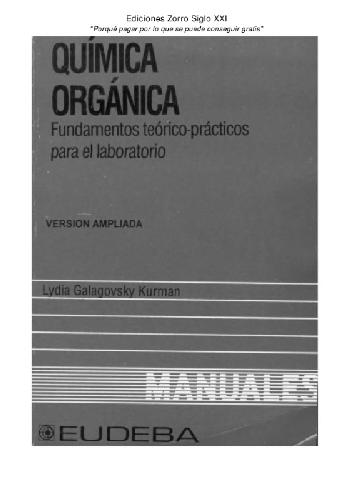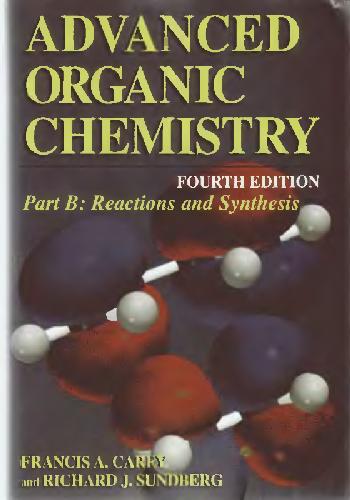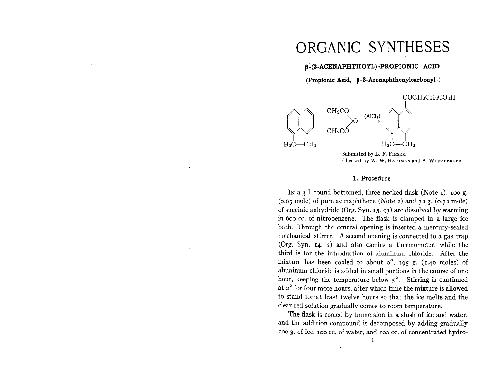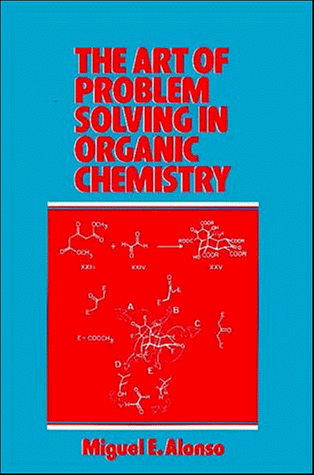R. H. Waring1860948146, 9781860948145
Table of contents :
CONTENTS……Page 18
Introduction……Page 8
List of Contributors……Page 22
Description, Occurrence, Uses……Page 26
Properties — Mechanisms of Biological Interaction……Page 30
Carcinogenicity studies in experimental animals……Page 31
Mechanistic studies……Page 32
Human carcinogenicity data……Page 33
Toxicity Produced — Toxicity Profile……Page 35
Examples of Endemic Problems — Toxic Episodes……Page 36
Avoidance strategies……Page 39
Detoxification strategies……Page 40
Case History of Poisoning……Page 41
Concluding Remarks……Page 42
Suggested Further Reading……Page 43
Description……Page 44
Occurrence……Page 45
Source……Page 46
Uses……Page 47
Properties……Page 50
Mechanisms of Biological Interaction……Page 53
Toxicity Profile……Page 55
Preventative Measures……Page 56
Food generated botulism……Page 57
“Wound” botulism……Page 58
Avian botulism……Page 59
Suggested Further Reading……Page 60
Introduction……Page 62
Properties of Carbon Monoxide……Page 63
Industrial sources……Page 64
Domestic sources……Page 65
Mechanisms of Toxicity……Page 66
Symptomology……Page 67
Diagnosis……Page 69
Management……Page 70
Prognosis and Conclusion……Page 71
Suggested Further Reading……Page 72
Domoic Acid R. A. R. Tasker……Page 74
Description, Sources and Uses of DOM……Page 75
Properties — Mechanisms of Biological Interaction……Page 77
Toxicity Profile……Page 86
Examples of Endemic Problems — Toxic Episodes……Page 89
Treatments and Antidotes……Page 94
Case History of Fatal Poisoning……Page 96
Suggested Further Reading……Page 98
Introduction……Page 100
Laboratory Detection of Ecstasy……Page 103
Use of Ecstasy……Page 105
Pharmacological Action……Page 106
Elimination of Ecstasy by the Body……Page 108
Acute Toxicity……Page 110
Heat stroke……Page 111
Stroke……Page 112
Chronic Toxicity……Page 113
Recommendations……Page 116
Suggested Further Reading……Page 117
Discovery and Early Use……Page 120
Opium……Page 121
Structure of Morphine and Heroin……Page 124
Classification and Mode of Action……Page 125
Medical Use of Heroin……Page 126
Pharmacokinetics and Metabolism of Heroin……Page 128
Illicit Production of Heroin……Page 129
Purity and Pattern of Heroin Abuse……Page 131
Intravenous Administration……Page 133
“Chasing the Dragon”……Page 135
Oral Ingestion……Page 136
Heroin Addiction and Its Treatment……Page 137
Investigation of Heroin Deaths……Page 139
Laboratory Detection of Heroin Use……Page 141
Suggested Further Reading……Page 142
Introduction……Page 144
Toxicity Profile……Page 147
Acute exposure……Page 148
Chronic exposure……Page 149
Mechanism of Action……Page 150
Treatment……Page 151
Case Histories……Page 152
Suggested Further Reading……Page 154
Natural sources……Page 156
Human Activity……Page 158
Properties……Page 159
Toxicity Profile……Page 161
Occupational Exposure……Page 165
Population Exposure……Page 166
Hydrogen Sulphide Exposure: An Evaluation of the Health Risks……Page 167
Exposure Levels……Page 168
Occupational Exposure Effects of Hydrogen Sulphide……Page 169
Case Histories of Hydrogen Sulphide Poisoning……Page 170
Suggested Further Reading……Page 172
Introduction……Page 174
Chemistry……Page 176
Clinical features……Page 177
Calcium metabolism and bone……Page 179
Heme and iron metabolism……Page 180
Actions on the kidney……Page 181
The immune system……Page 182
Effects on the CNS, “asymptomatic” lead poisoning and lead tetraethyl……Page 183
Causes Of Lead Poisoning……Page 184
Scottish Parliament. Environment and Rural Development Committee. Wednesday 29 September 2004……Page 185
Treatment of Lead Poisoning……Page 186
Suggested Further Reading……Page 190
Mercury S. Aldred and R. H. Waring……Page 192
Elemental Mercury……Page 193
Inorganic Mercury……Page 198
Organic Mercury Compounds……Page 201
Methyl Mercury Minamata Disease……Page 205
Treatment of Mercury Poisoning……Page 207
Therapeutic agents……Page 208
Suggested Further Reading……Page 210
Amanita Mushrooms — Toxic Cyclic Peptides……Page 212
Cortinarius Species — Orellanine……Page 217
Amanita Species — Ibotenic Acid and Muscimol……Page 218
Gyromitra Species — Gyromitrin……Page 220
Inocybe / Clitocybe Species — Muscarine-Histamine……Page 222
Psilocybe Species — Psilocybin-Psilocin Poisoning……Page 224
Coprinus Species — Coprine……Page 226
Gastrointestinal Irritants……Page 227
Other Reactions……Page 228
Introduction……Page 234
History……Page 235
Chemistry……Page 236
A Brief History of the Use of Nerve Agents……Page 239
Symptoms of Nerve Agent Poisoning and Mode of Action……Page 241
Antidotes and Pre-treatments……Page 244
Nerve Agent Detectors and Alarms……Page 250
Disposal and Decontamination……Page 252
Organo-Phosphorus Insecticides……Page 254
The Chemical Weapons Convention……Page 255
Occurrence, Source And Use……Page 258
Properties……Page 260
Pharmacology……Page 263
Toxicity……Page 266
Cause of Death and Pathology……Page 268
Chronic Toxicity……Page 269
Species Differences in Sensitivity to Nicotine Toxicity……Page 270
Metabolism and Reactive Intermediates……Page 271
Minor Tobacco Alkaloids……Page 274
Summary……Page 275
Suggested Further Reading……Page 276
Introduction……Page 278
Toxicity Profile……Page 279
Mechanisms of Biological Interaction……Page 283
USA……Page 285
Case Histories of Paracetamol (Acetaminophen) Poisoning……Page 286
Suggested Further Reading……Page 288
Description……Page 290
Uses……Page 292
Mechanism of Toxicity……Page 293
Metabolism and Detoxification……Page 298
Suicides and Homicides……Page 300
Antidotes……Page 302
Case Histories……Page 303
Suggested Further Reading……Page 305
Introduction……Page 306
Toxicity Profile……Page 311
Acute exposure……Page 312
Chronic exposure……Page 313
Phosphine gas poisoning……Page 314
Mechanisms of Action of Phosphorus Compounds……Page 316
Treatment……Page 317
Case Histories……Page 318
Suggested Further Reading……Page 321
Occurrence and Source……Page 322
Mechanism of Toxicity……Page 325
Health Effects of Radon and Daughters……Page 327
Radon in Buildings — Exposure of the Public……Page 329
Underlying soil and rock……Page 330
Water supplies……Page 331
Preventative Measures……Page 332
Estimation of Doses from Indoor Radon……Page 333
Mining and Lung Cancer — How Radon was First Identified as a Problem……Page 334
Suggested Further Reading……Page 335
ANNEX……Page 337
Occurrence and historical perspectives……Page 340
Toxicity Profile……Page 343
Mechanism of Action……Page 345
Treatment……Page 347
Accidents and suicide……Page 348
Murder and bioterrorism……Page 350
Suggested Further Reading……Page 352
Introduction……Page 354
Why Do Snakes Produce Venoms?……Page 355
The Nerve Poisons……Page 356
Cell Poisons……Page 361
Heart poisons……Page 362
Blood cell toxins……Page 364
Chemistry of the Snake Toxins……Page 365
Uses of the Snake Toxins……Page 366
Treatment of Snake Bites……Page 367
Acknowledgements……Page 369
Effects and Occurrence……Page 370
Mechanisms of Toxicity……Page 372
Types of Toxin……Page 375
Effects of Spider Bites……Page 383
1. Loxosceles……Page 387
3. Tegenaria……Page 388
4. Atrax/Hadronyche……Page 389
5. Latrodectus……Page 390
Suggested Further Reading……Page 391
Description……Page 392
Source……Page 395
Uses……Page 397
Mechanism of Toxicity……Page 399
Metabolism and Detoxification……Page 402
Suicides and Homicides……Page 403
Antidotes……Page 406
Case History……Page 408
Suggested Further Reading……Page 410
Introduction……Page 412
Marine Toxins……Page 415
Suggested Further Reading……Page 438
Introduction……Page 440
Chronic exposure……Page 443
Mechanism Of Action……Page 444
Treatment……Page 445
Malicious contamination……Page 446
Suggested Further Reading……Page 447
Epilogue……Page 448
Index……Page 450







Reviews
There are no reviews yet.